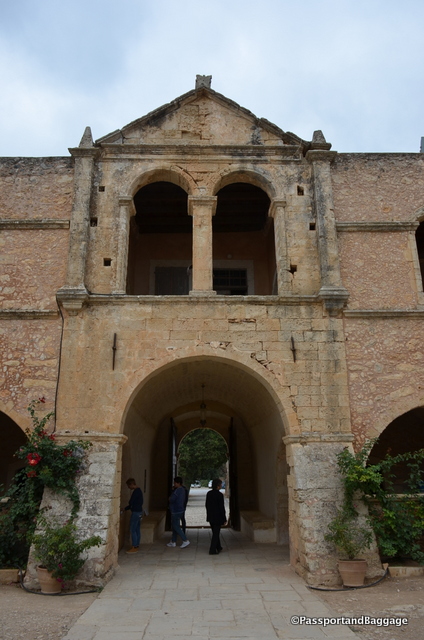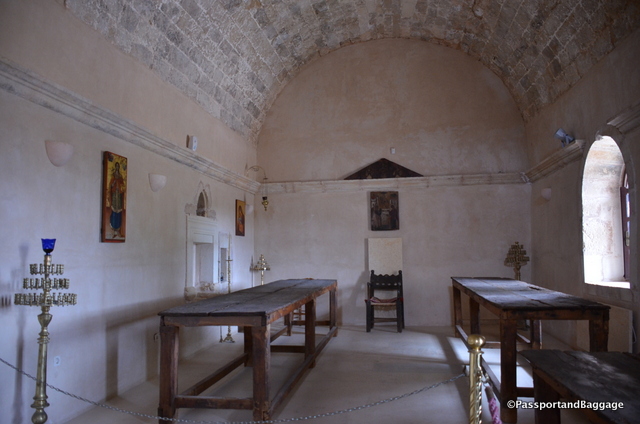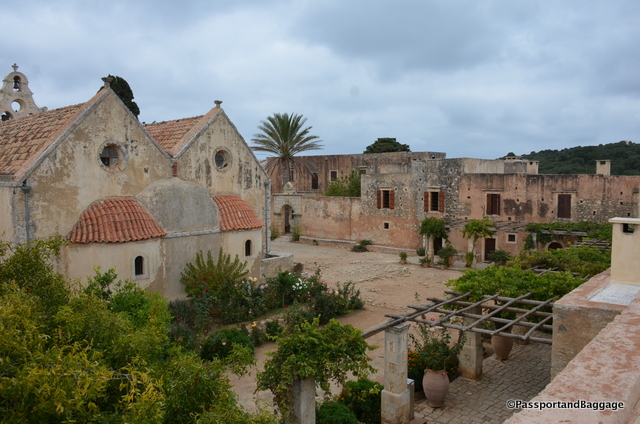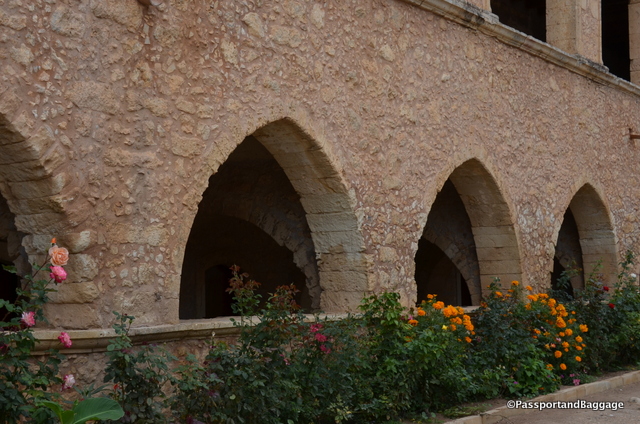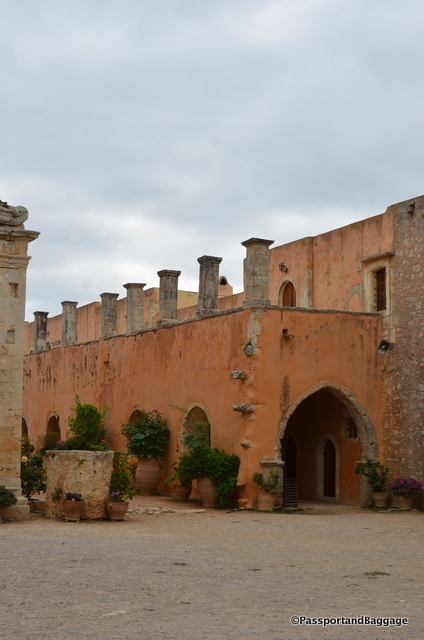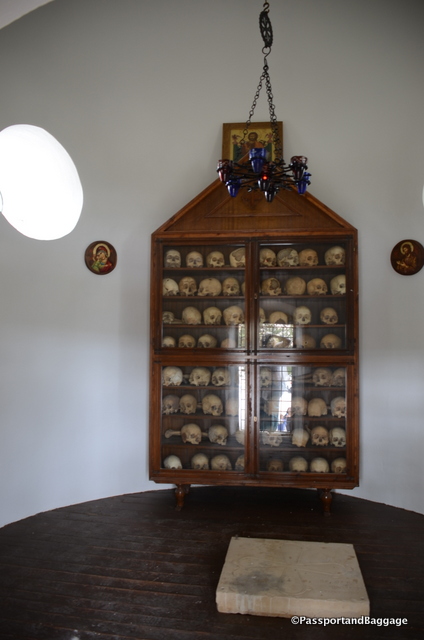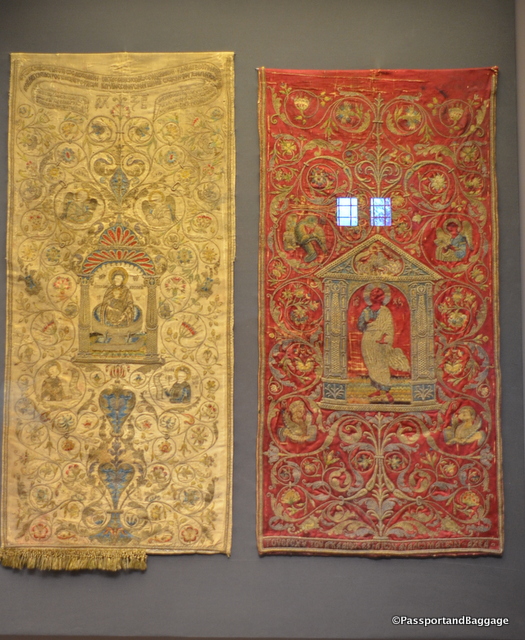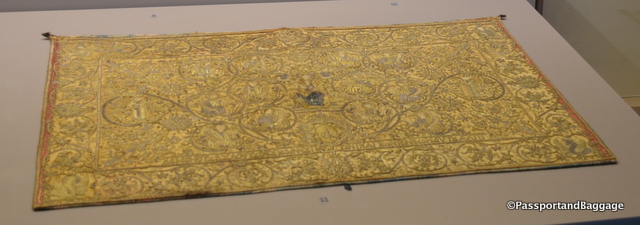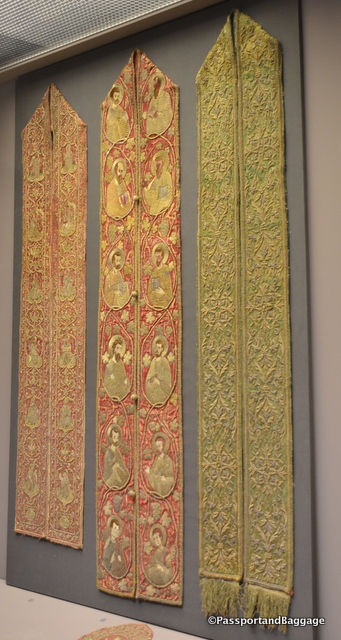October 20, 2016
People come to Crete for many reasons, I came to get off the beaten path as often as possible. This was the first stop in the wanderings around the Amári Valley. The Amári Valley sits at the foothills of Mount Ida and Mount Kedros.
The Monastery of Arkadi or Moni Arkadiou is about 15 miles outside of Rethymnon. Like all sights in Greece it is poorly marked, and difficult to find, but it is worth the effort. Having said that, you will find tour busses and tourists galore once you arrive, I assume, most having gotten lost along the way, as did we.
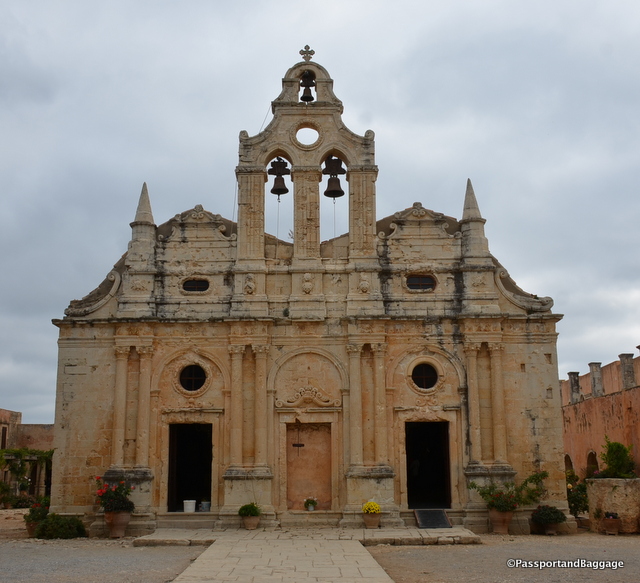
You’re first sight upon entering the monastery complex is this, Venetian, Renaissance order, facade of the Katholikon. Constructed in 1587 it was influenced by the works of Andrea Palladio and Sebastiano Serlio.
The exact date of the founding of the monastery is not actually known, but it is consecrated to Saint Constantine. Its beginnings are sometimes attributed to the Byzantine emperor Heraclius and sometimes to the emperor Arcadius in the 5th century. However, in Crete, it is common for monasteries to be named after the monk that founded the building, which leads to the theory that Arkadi may have been founded by a monk named Arkadios.
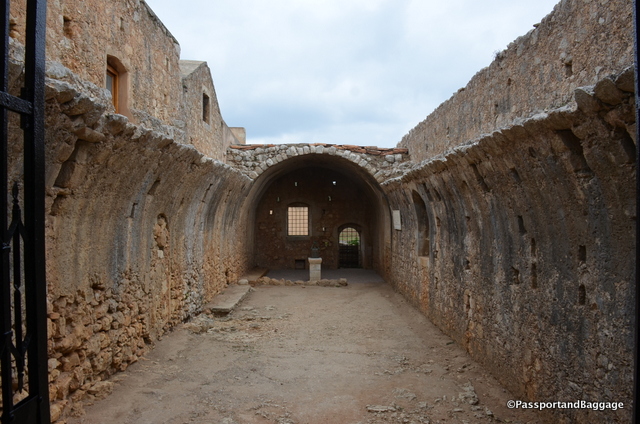
Originally a wine cellar, this became the ammunition room and the site of the explosion of the “Arkadi Tragedy”
The “Holocaust of Arkadi” brought this monastery onto the world stage in November of 1866.
The Cretans and the Turks had a long history of frequent and bloody uprisings. The Cretan’s ultimate goal was to obtain independence and join with Greece. By 1866, a 16-member revolutionary committee had formed to attempt to gain this independence. They used the Arkadi Monastery as its headquarters.
When the Turkish Pasha that ruled in Rethymnon became aware of the committee, he ordered Abbot Gabriel Marinakis to disarm the committee immediately and eject the rebels, or the monastery would be destroyed. What the Pasha did not know was that the Abbot was the chairman of the committee.
In the early morning hours of November 8, 1866, the rebels were wakened to the sight 15,000 Turkish soldiers and 30 cannons surrounding the monastery.
In addition to its 259 defenders, over 700 women and children had taken refuge in the monastery. After a few days of hard fighting, the Ottomans broke into the monastery.
At that point, the abbott set fire to the gunpowder stored in the monastery’s vaults, causing the death of most of the rebels and the women and children sheltered there. This event caused enormous shock in the rest of Europe and in North America and decreased the perceived legitimacy of Ottoman rule.
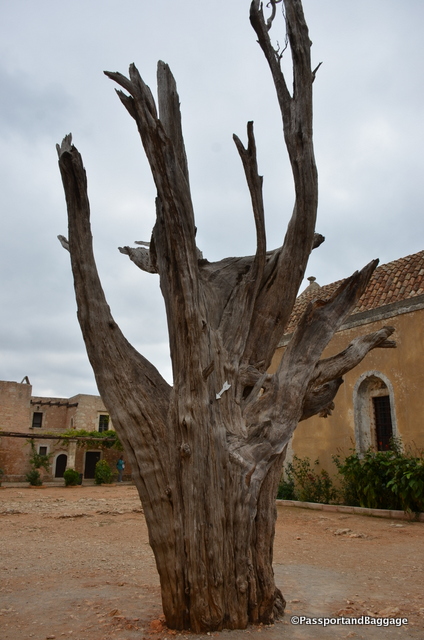
This dead tree surprised me at first, until I learned it still holds a bullet left over from the attack, seen at the white arrow
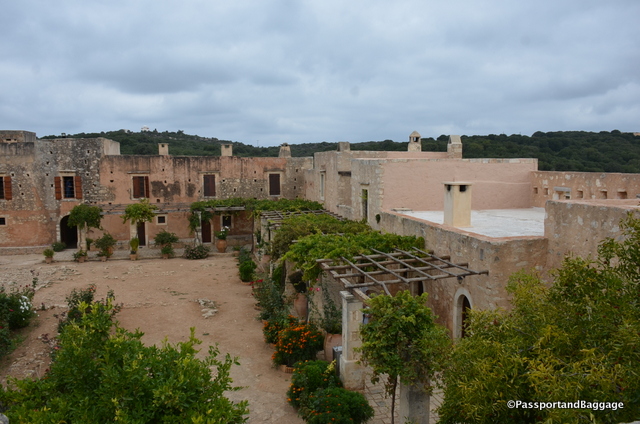
The gardens of the monastery are now truly lovely, its horrific history is wiped away by the beauty you see today
*
Outside the gates is the Ossuary. Originally a windmill, the building now houses the bones of some of the fighters of the 1866 battle.
There is an excellent museum inside the Monastery as well. There is a fine collection of liturgical vestments.
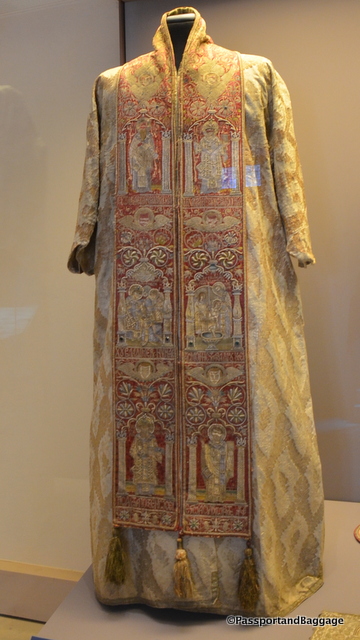 The monastery ran a gold-embroidered vestment workshop for approximately 200 years, starting in the mid-seventeenth century. It was considered one of the most important workshops of its time. The monks used mostly purple silk textiles, which they embroidered with gold and silver thread, pearls and stones. During the 1866 uprising, the monks hid the vestments in the crypts and the walls of their cells, thus preserving a large number of them.
The monastery ran a gold-embroidered vestment workshop for approximately 200 years, starting in the mid-seventeenth century. It was considered one of the most important workshops of its time. The monks used mostly purple silk textiles, which they embroidered with gold and silver thread, pearls and stones. During the 1866 uprising, the monks hid the vestments in the crypts and the walls of their cells, thus preserving a large number of them.
